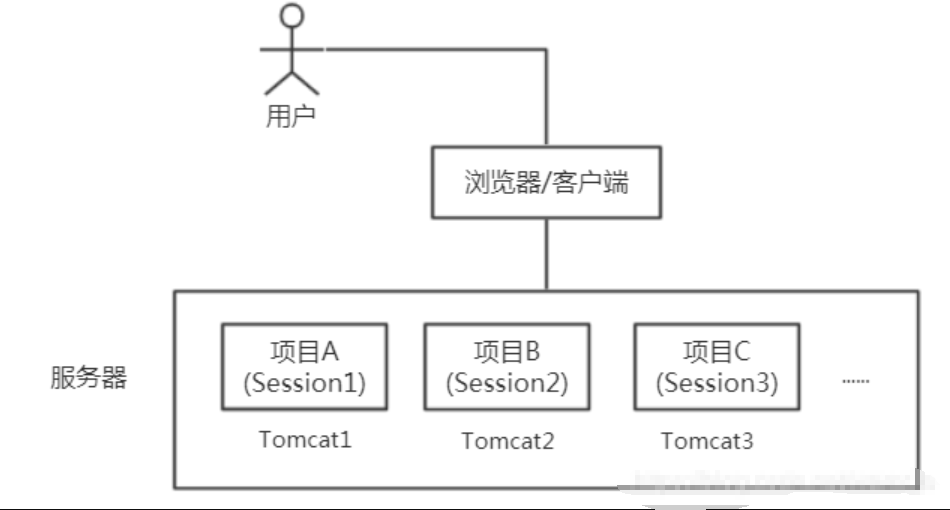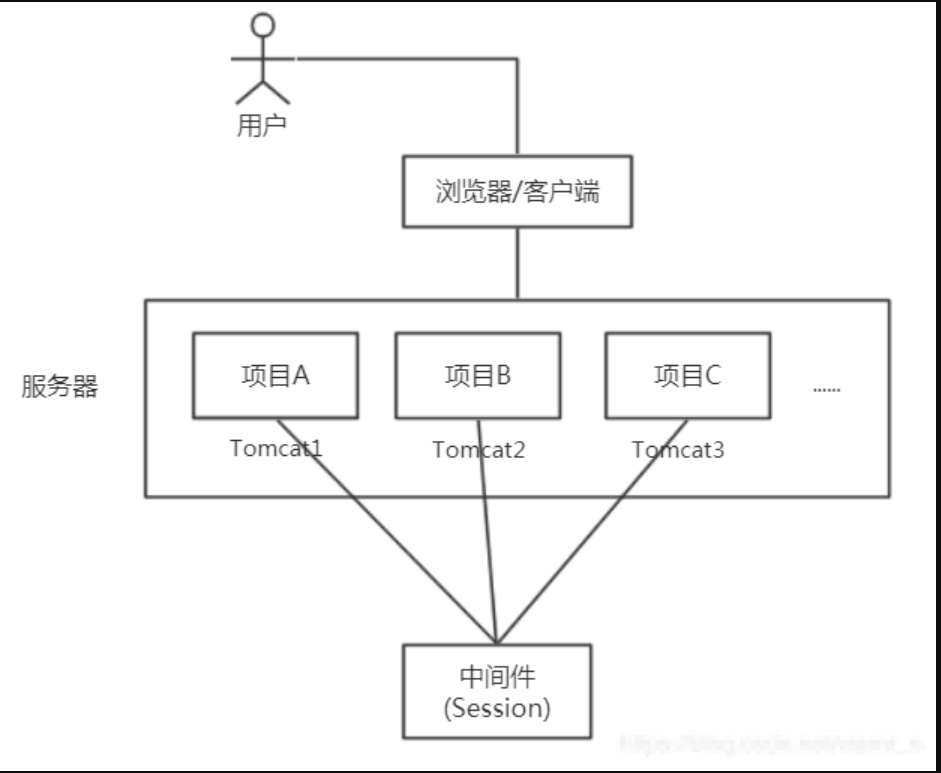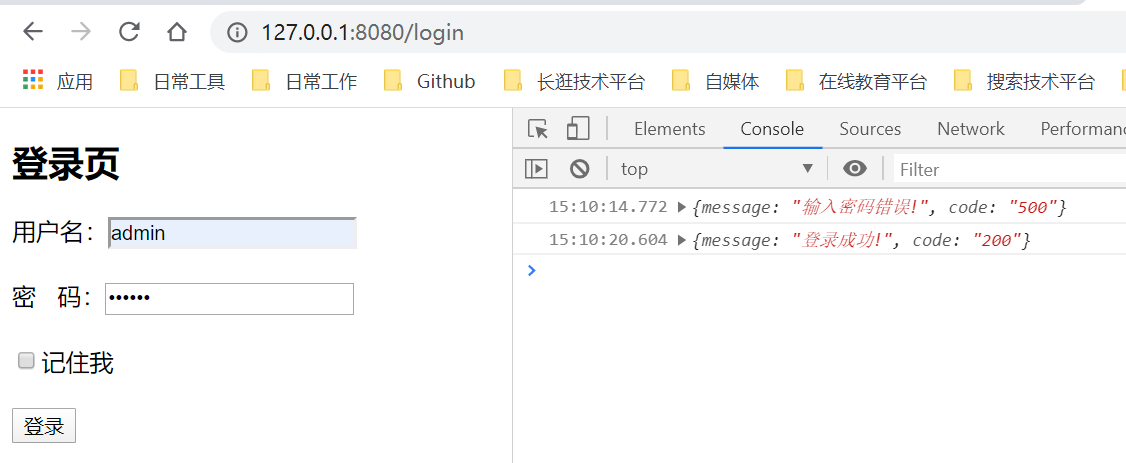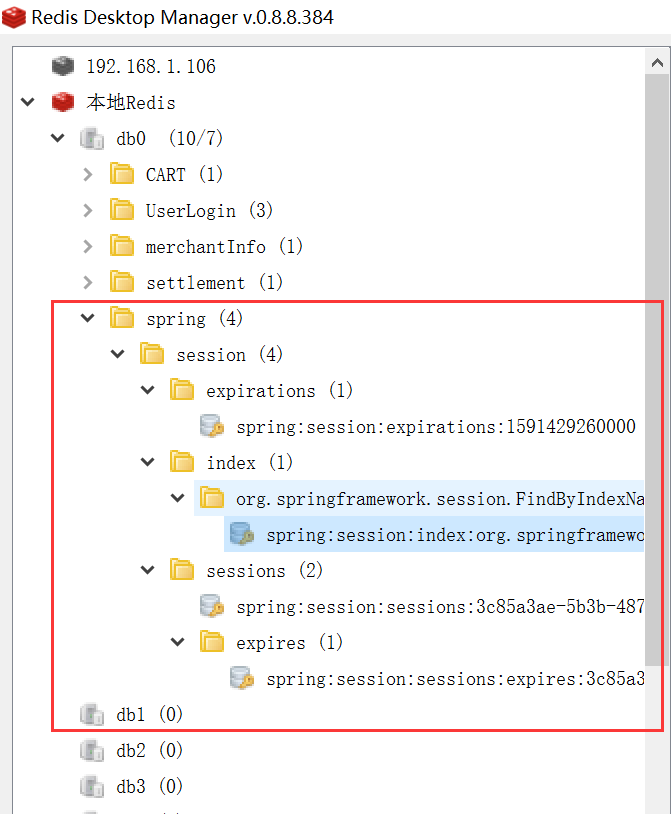前言
前面几篇文章介绍了如何在Spring Boot 引入Security,并实现自定义登录,以及记住我功能
那么这篇文章,是想讲述下关于Session在Spring Security的管理以及实现过程
简单流程
在传统Web应用中,一般都是是使用tomcat、weblogic、jboss等Web容器去部署应用,然后每个Web项目部署在对应一个或多个Tomcat(很少会这样)中,每个Web项目是相互独立的,每个项目都会拥有自己的Session,并且是相互独立的,传统部署方案如图:

假如说现在有这么个需求,就是说现在有三个项目A、B和C,如上图所示,那么现在如果我想登录了其中任意一个项目系统之后,接下来再进入其他项目系统的时候,可以不需要再次登录而直接进入,这就是单点登录
那么,目前来看,各个项目的Session都是独立的,要实现起来是非常复杂的。对此,为了解决这个问题,这里就需要让这三个项目都共享同一个Session,就可以完美解决,那么实现思路就是把Session存入中间件中,当需要认证的时候就从中间件中去取出判断,如图:

中间件一般就是使用Redis/Memcache去存储Session,大致上是这么个流程
当然,Session存储在中间件上也是有很多其他好处,像服务器重启了Session也不会被销毁等等
那么,这里讲了那么多,目的是为了说明整合Spring Session与Redis的原因,那么下面开始展示代码
实现
还是基于前面几篇文章的代码上,我们要引入了Spring Session和Redis依赖:
1 | <dependency> |
这里要说明下,Redis的连接方式一般分为Jedis 和Lettuce ,相信大家对Jedis会比较熟悉,不过在Spring Boot2.x之后,已经默认为Lettuce连接方式
Lettuce是基于Netty框架,通过异步方式可以更好的节省系统资源,并且能在多个线程间并发访问,满足了多线程环境要求,这也是让博主转向了Lettuce的原因
yml配置如下:
application.yml
1 | spring: |
这里只是新增了redis的基础信息配置
接下来看看Spring Session配置类:
SessionConfig.java
1 | /** |
对的,你没看错,只要加上@EnableRedisHttpSession注解就默认开启了Spring Session
然后就是Redis的配置类:
RedisConfig.java
1 | /** |
到这里,实现的代码已经演示完毕了,是不是非常简洁。因为这里Spring Security都已经帮我们实现好了session存入redis中,我们只要配置下就可以用了
启动项目前要先启动redis服务,我们看看效果

当我点击登录并成功登录后,看看redis:

可有清楚的看到,redis已经存储了session相关信息
结束语
那么基本代码和效果也演示完毕了
源码获取方式加加入QQ交流群(715224124),进群找群主要源码,如果有问题,可以提出疑问,群主会尽量帮助解决~
希望能帮助到大家,如果有不好或者错误的地方希望能多多提出,谢谢大家~


